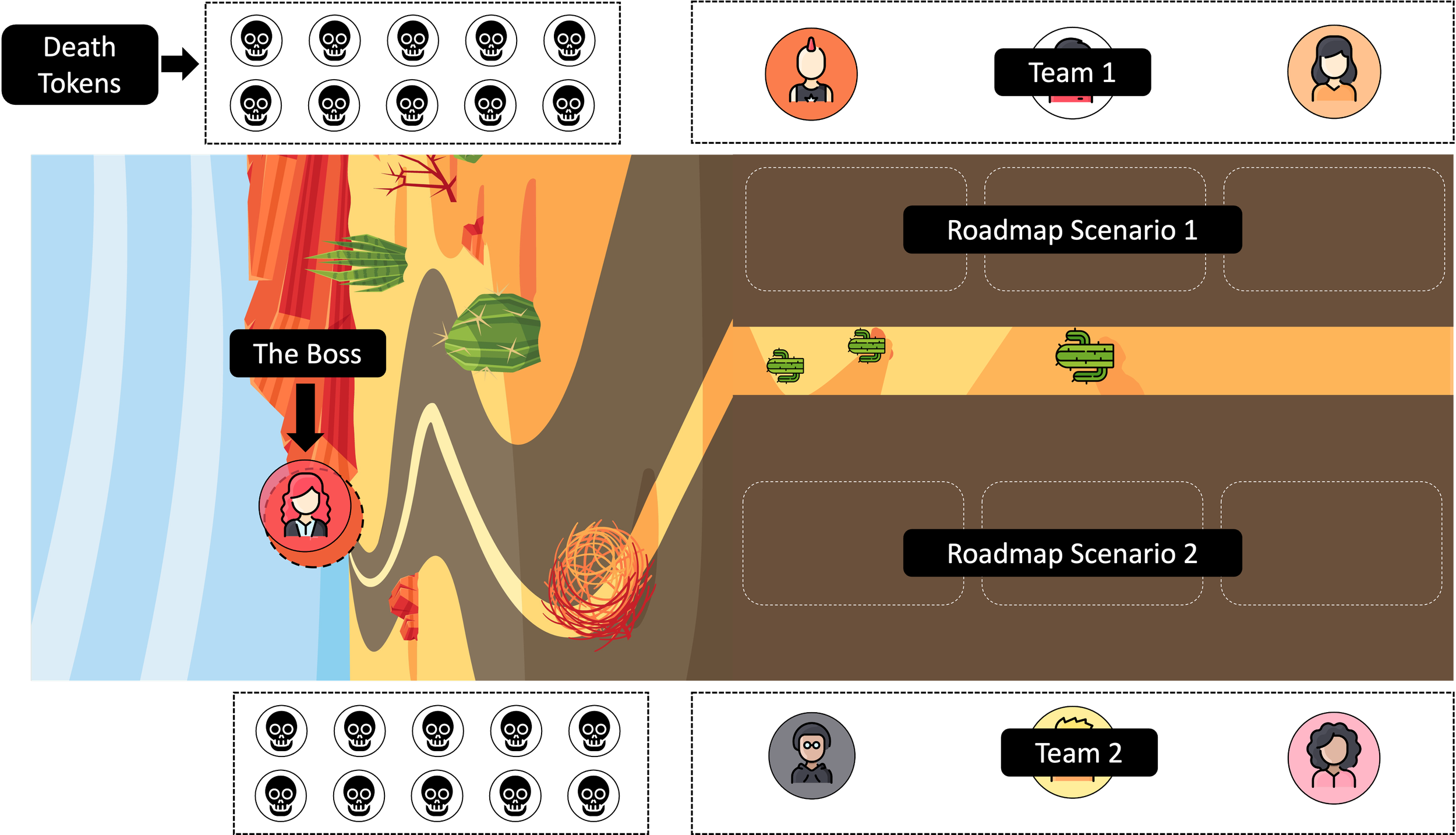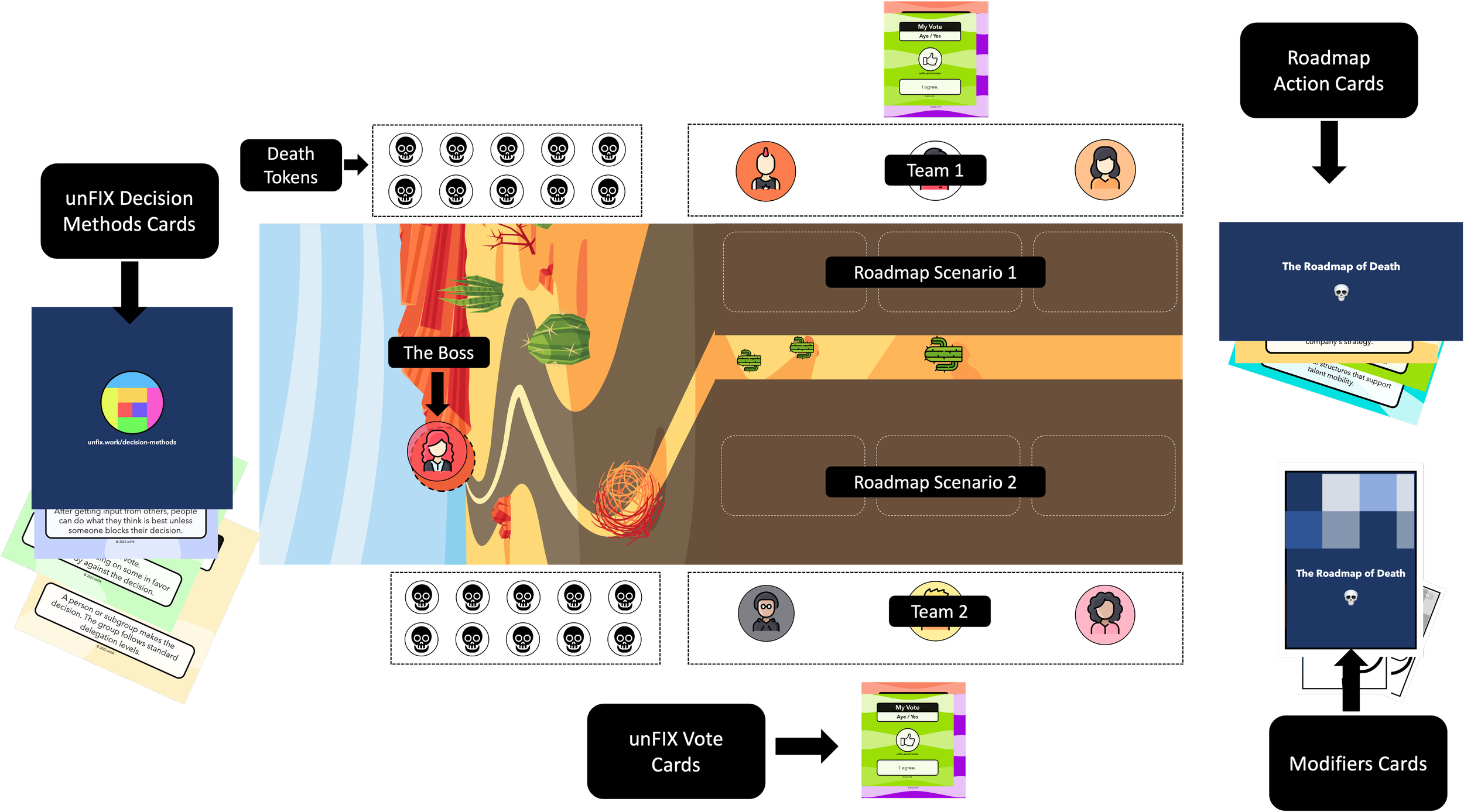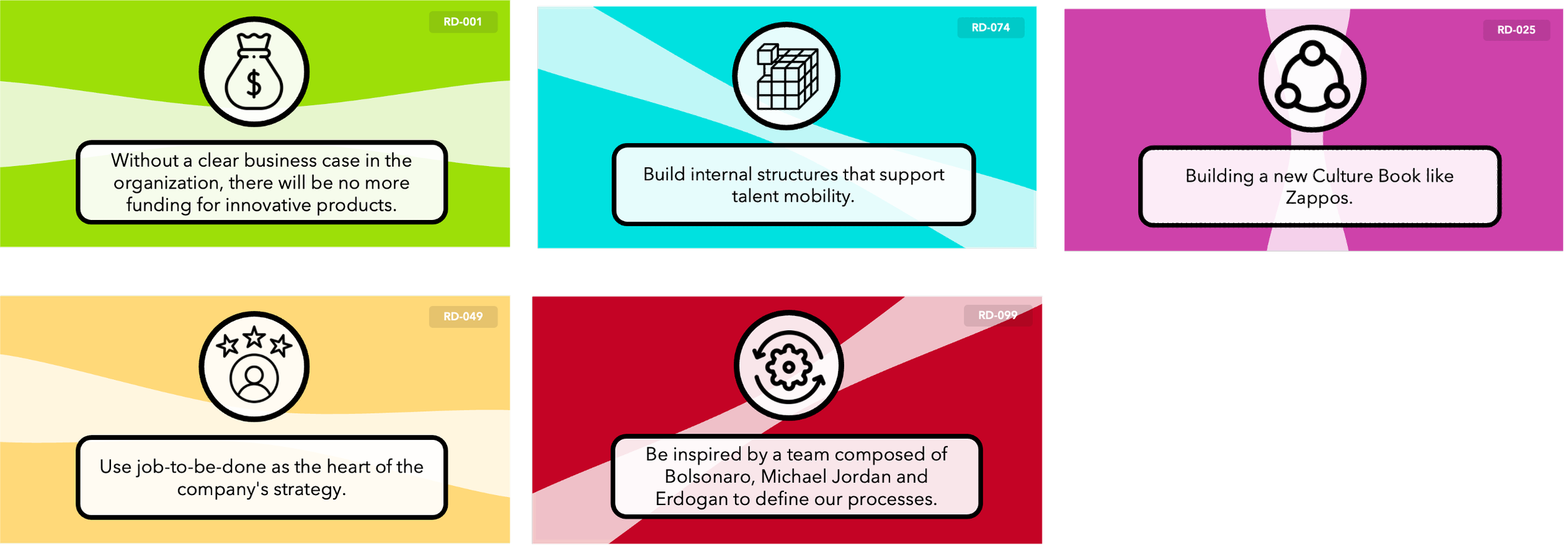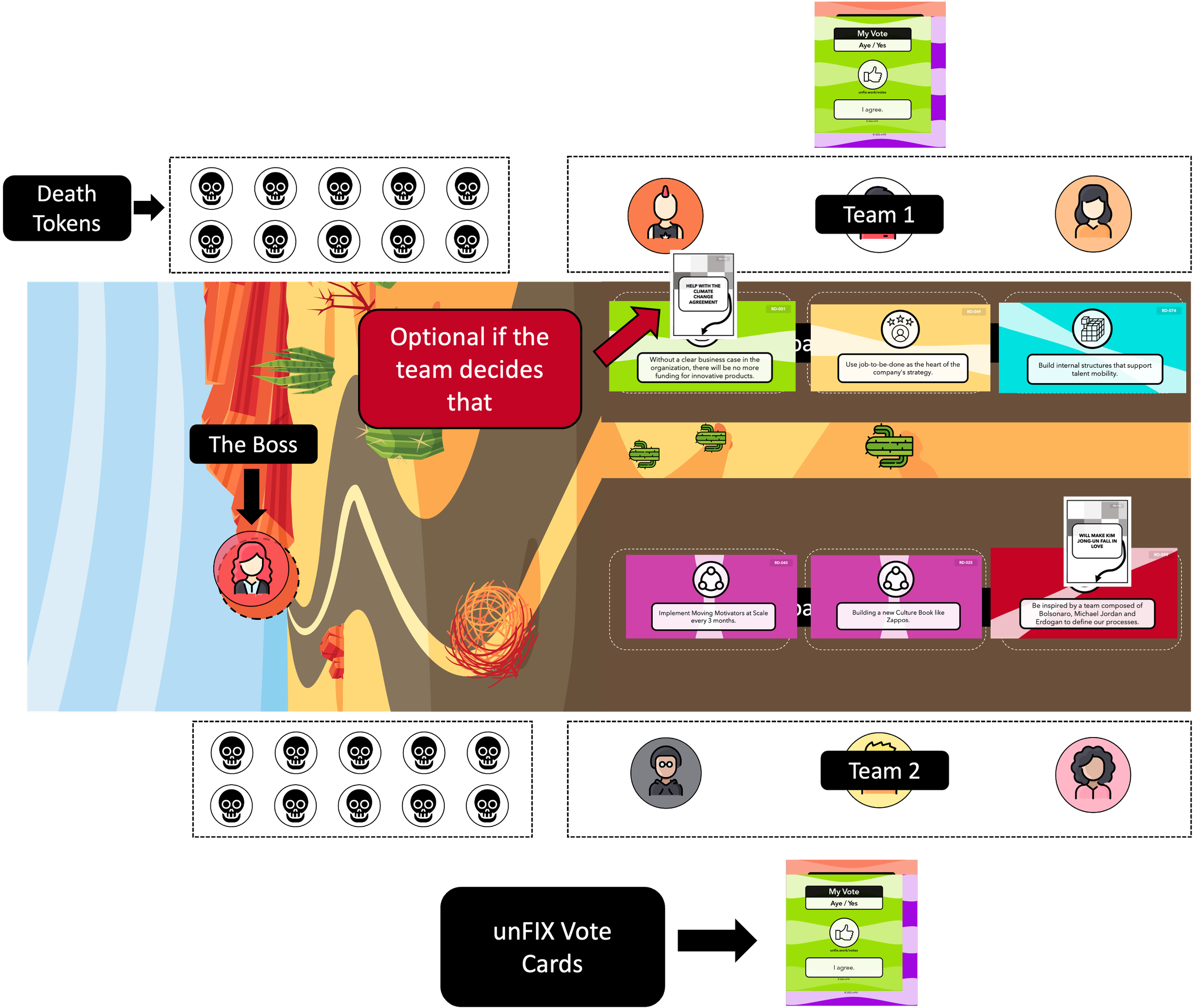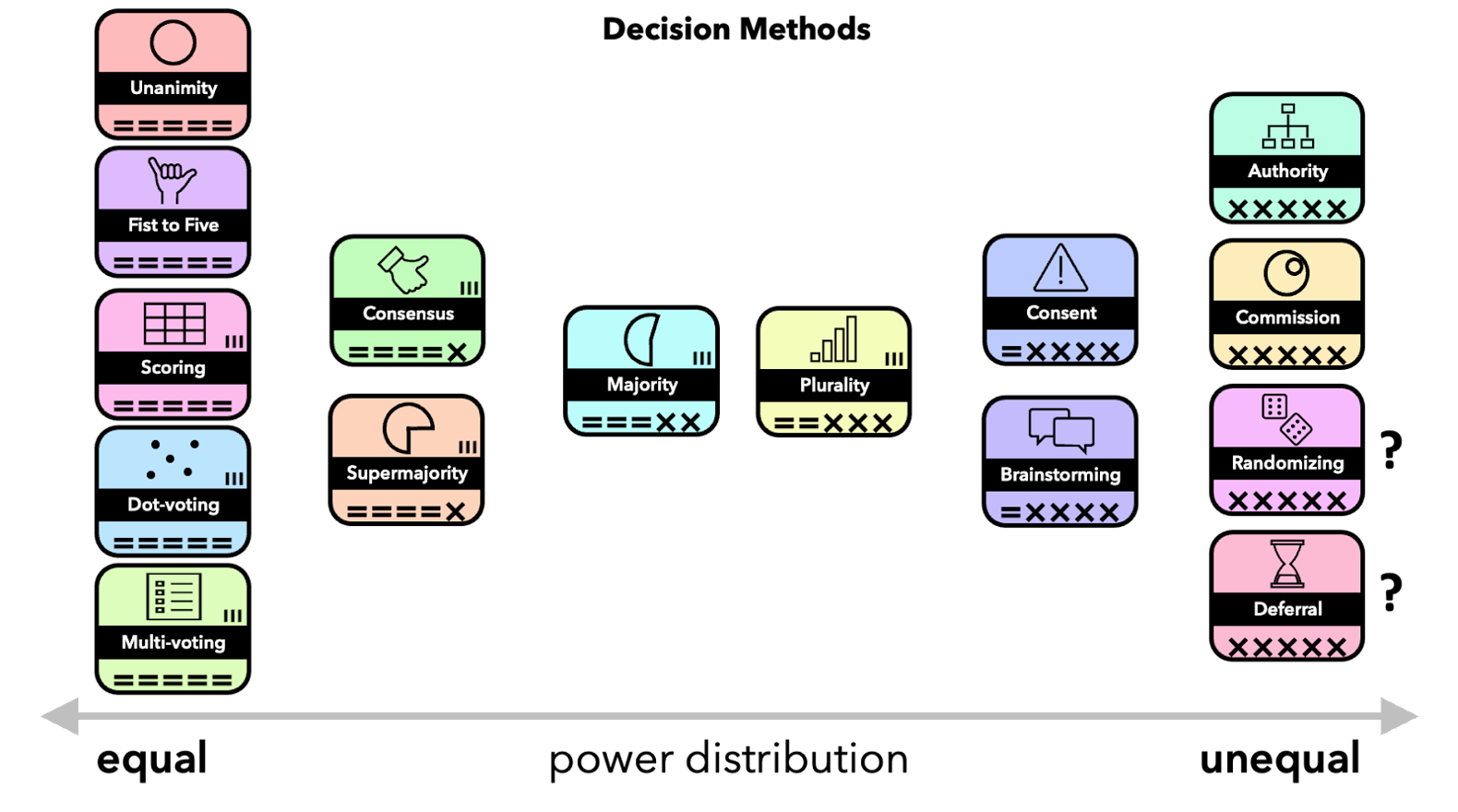Explore the Nature of Decision-making with The Roadmap of Death Serious Game
Author: Gerardo Barcia
When it comes to decisions, I prefer to think about them as bets. Last summer, I was engaged in trying to learn how to sail and get my certificate on the beautiful Coast of Galicia, in the north of Spain. Every decision counts in the world of the sea, and sailors know, from good experience, that it is better to back off when in doubt. Fortunately, as an aspiring rookie captain, the only decision I had to make with my group of trainees was where to eat among Galician cuisine’s attractive options. Octopus on board the sailboat in the best octopus place in the world (Mugardos) vs. impressive sardines in the best fish place in the world (Redes). Some of the crew were from Mugardos and others from Redes, and amid disputes and arguments, it was impossible to decide between the two options. So the real sailboat captain—and our teacher— came up with a simple solution: flip a coin. At first glance, It wasn’t elegant, but it worked. But if you think carefully, when both options are equally good in decision-making, it is best to leave them to chance and not waste energy. Besides, it works well if you want to get rid of a bunch of wannabe sailors quickly. 😜
That is one of many decision methods you can pick when dealing with multiple options. And one way to learn about it is through the serious game The Roadmap of Death. In this yet experimental game based on The Trolley problem, you will take turns with the rest of your peers in the role of a Boss who must make decisions (sometimes with the team, sometimes not) between two Roadmaps Scenarios. Even when that means killing your company and bankrupting it. At the same time, those who do not play the role of the boss will place actions on the roadmap and try to convince the boss to take one path instead of the other. The goal? Prevent them from discarding your roadmap as many times as you can.
Are you ready? Let me explain the instructions:
Setup
The game must have a minimum of 5 players and a maximum of 7. The player who most admires Erdogan, Trump, Xi Jingping, Bolsonaro, or Maduro starts with the role of boss. Although it is difficult not to find an admirer of these autocrats, if there are none, they can roll the dice, and the highest number starts as the Boss. The boss’s role has to change at every turn. Their principal role is to facilitate and ensure that decision is made.
The remaining players who are not the boss must be divided into two teams. Each player (including the boss) must choose an avatar among those available.
Arrange the stage so that the start of the roadmaps faces the boss and the rest of the players are around in their teams.
There are four types of cards: Roadmap Action cards, Modifiers, unFix Vote cards, and unFix Decision Method cards. For the Vote cards, each player must hold their own, including the boss. All cards must be on the reverse side.
The Roadmap Action cards
The Roadmap action cards are possible implementations in a roadmap scenario. There are several action cards: budgets, processes, customer experience, people, and organizational structure.
Budget action cards (green) will raise issues related to internal and external capital cuts or increases that will impact the organization.
User experience action cards (yellow) will contain proposals that may affect the products and services of the company.
Structure action cards (blue) propose approaches to organizational and structural changes that can impact the organization.
Processes action cards (red) present changes related to the processes that can affect the entire ecosystem.
People action cards (purple) will contain proposals that may affect the employee experience.
The Modifier Cards, on the other hand, can act on Roadmap action cards by modifying their behavior and the outcome.
When you put a Modifier Card on top of a Roadmap Action Card, the perspective of the situation could change:
Interactions between new cards and unFIX cards
The Decision-Making Cards will help the team and The Boss decides which Roadmap Scenario to choose.
The Voting Options Cards will be the players’ voices during decision-making. There will be methods that require them and others that do not. Everyone decides.
How to Play
Drawing cards from the deck
For every team, one team member draws five cards from the Roadmap Action card deck and two from the modifier deck without the other team seeing them. After that, each team decides 3 Roadmap Action cards they want to place on the Roadmap line and one modifier card they can put on top of any 3 Action Roadmap cards according to their interest (optional). The game board should look like this:
Part 1. The teams argue for their Roadmaps. (5 minutes)
Each team must defend its position and try to argue why its Roadmap Scenario should be chosen over the other. The Boss, for his role, must act to facilitate the conversations and achieve the best for the entire company (the sum of those two teams).
Part 2. The decision method for the final choice (5 minutes)
Now is the time to reach the final decision. Anyone must draw from the Decision Methods Deck the card corresponding to how they will make the decision. There are plenty of possible options according to the unFix model:
According to the decision method drawn from the deck of cards, there are distinct possibilities:
Unanimity: The teams will use the unFIX voting option cards. Everyone must have voted ‘Yes’ or ‘Hell Yes’ to consider the decision feasible. If there are any ‘No,’ ‘Veto,‘ Don’t Know,’ or ‘Won’t Fight’ cards on the table, you must do a second round. If this second round does not produce any results either, the boss can decide directly.
Fist to Five: In case of a deadlock, we proceed to another round. If there is no resolution, the boss decides.
Scoring: Both teams must ensure with the Boss the criteria (max 3) to decide with a simple formula(just the sum). In case of a tie, the Boss can decide.
Dot-voting: The Boss determines the number of votes per person. Everyone can distribute their votes as they wish. In case of a tie, it is left to chance, and the game moves to the next round.
Multi-voting: In case of a tie, the decision is left to chance.
Consensus: The same as Unanimity but ‘Don’t Know’ or ‘Won’t Fight’ cards are allowed. If there is no resolution, the Boss decides.
Supermajority: The teams will use the unFIX voting option cards. The cards 'Yes' and 'Hell Yes' will be considered votes in favor. In contrast, the cards 'No' and 'Veto' will be considered votes against. All other cards are neutral. To make the decision, three-quarters of the votes must be in favor. In case of a tie, the Boss decides.
Majority: The same as Supermajority, but to reach a decision, there must be more than half of the votes.
Plurality: The same as Dot-voting, but with one Vote per player.
Consent: The teams will use the unFIX voting option cards. All the ‘No’ and ‘Veto’ cards will consider blockers. The team will have 5 minutes to solve all the blockers. Otherwise, the Boss decides.
Brainstorming: The teams will have 5 minutes to reach a solution facilitated by The Boss. If not, the decision will be deferred, and the game will move to the next round.
Authority: The Boss decides.
Commission: The Boss will form a team with one member from each Roadmap team and will have 5 minutes to choose a solution. Otherwise, the decision will be deferred.
Deferral: The Boss will receive a Death Token, and the game will move to the next round.
After performing the decision mechanism, the Roadmap that the Boss decides to eliminate will be the losing team of the round, and the losing team will receive an NFT Token of Death per person. The player that accumulates the most Death Tokens will be the loser of the game. In case of deferral, the Boss will receive a Death Token, and the game will move to the next round. Before moving to the next round, the new Boss must be selected. The person who is on their left will take the role.
Who wins?
After all the players have gone through the Boss role for at least three rounds, the game ends, and the number of Death Tokens each player has is counted. The person with the fewest Death Tokens wins the game. In case of a tie, the best thing to do is to continue with your life and forget the roadmaps of death for a while. 🤪
Conclusion
Discovering the nature of decision-making is a clear aspect of creating self-organized teams that can take responsibility for their actions. Unfortunately, as you will find in the game, human minds need to distinguish decisions from their outcomes, making it hard to see mistakes clearly. Understanding the available decision methods and applying them with our teams is a giant step toward progress in our companies.
Oh! And, in case you want to know, I finally earned the captain certification. And the best place to eat in Galicia is anywhere in Galicia.

